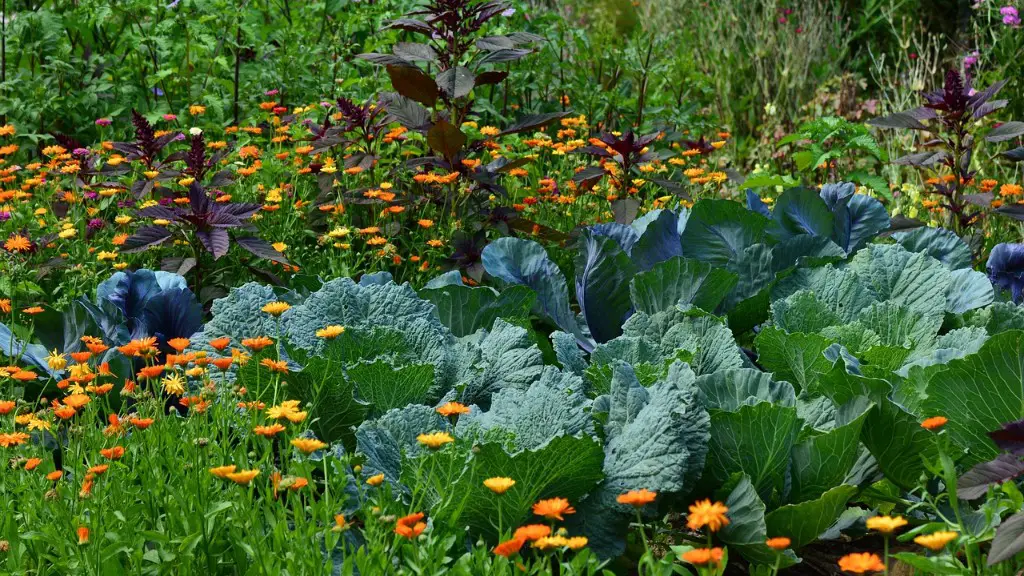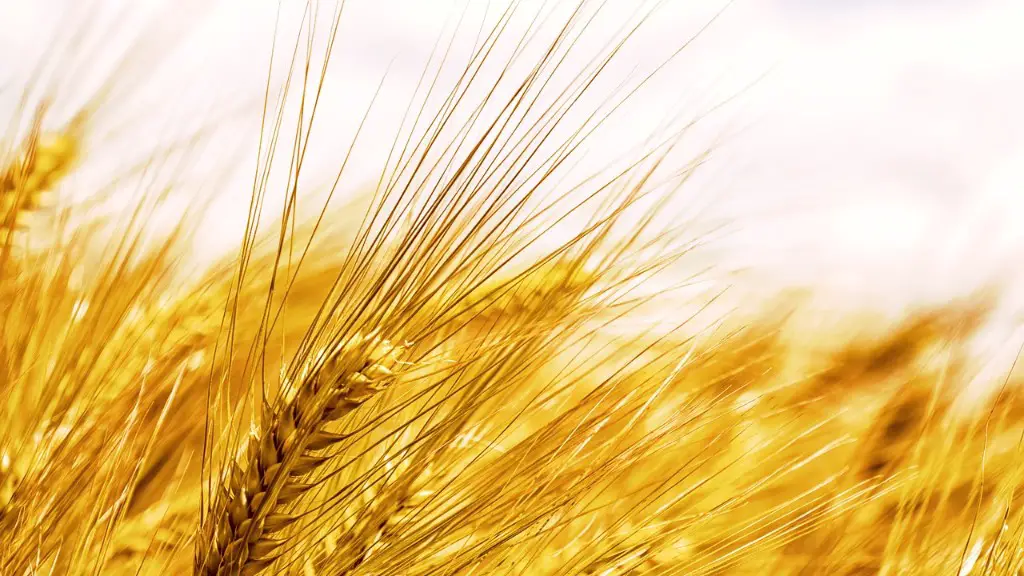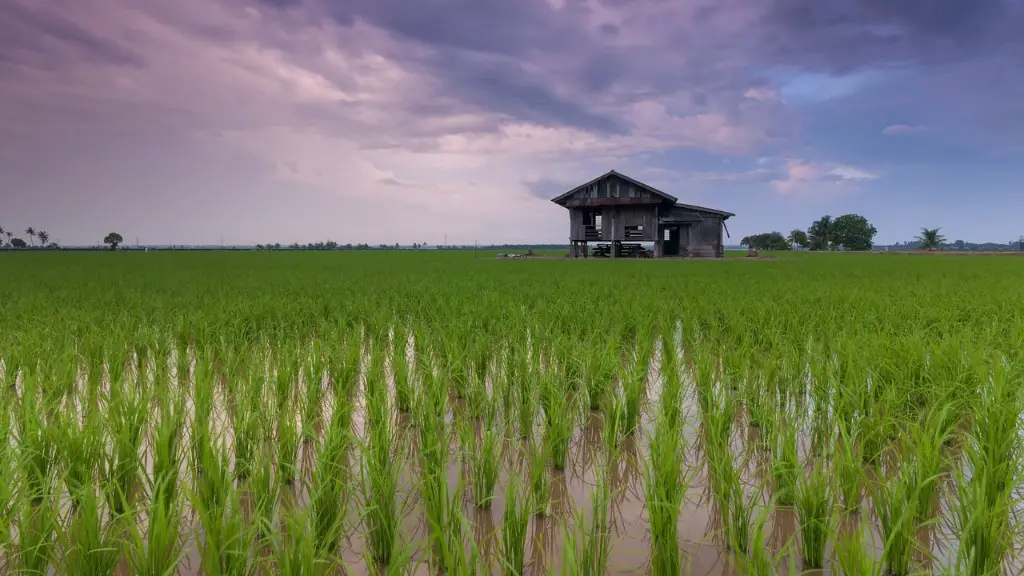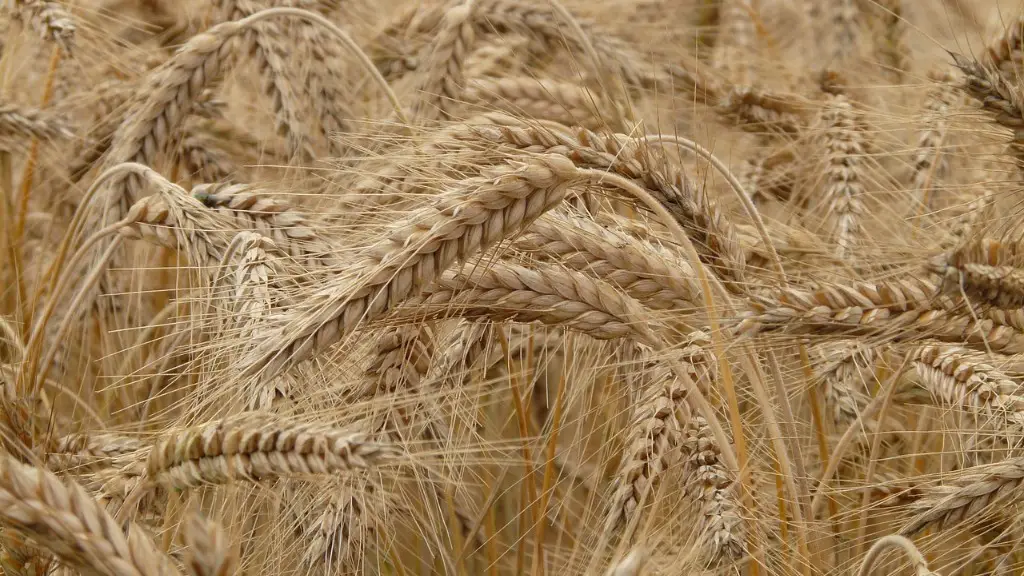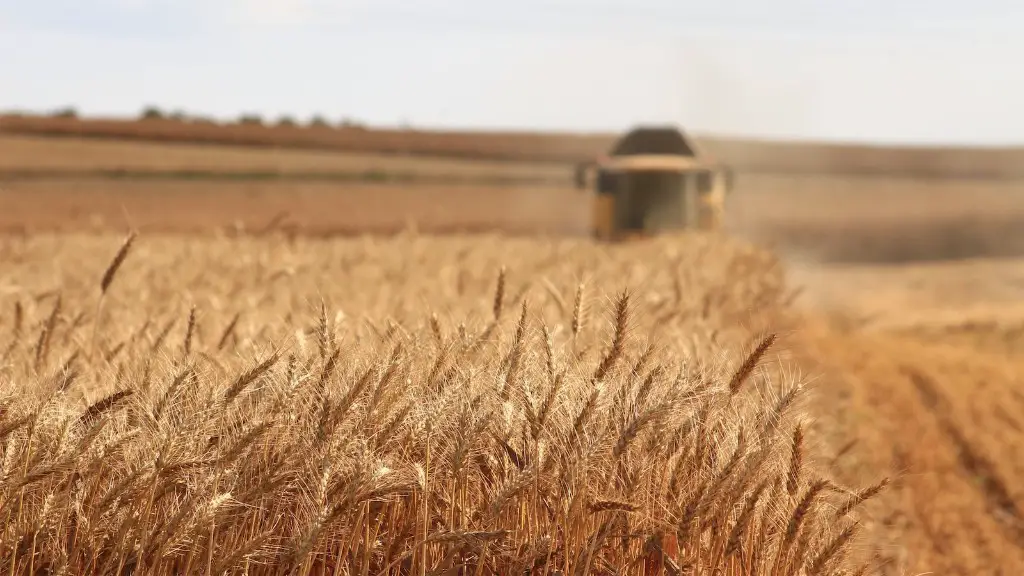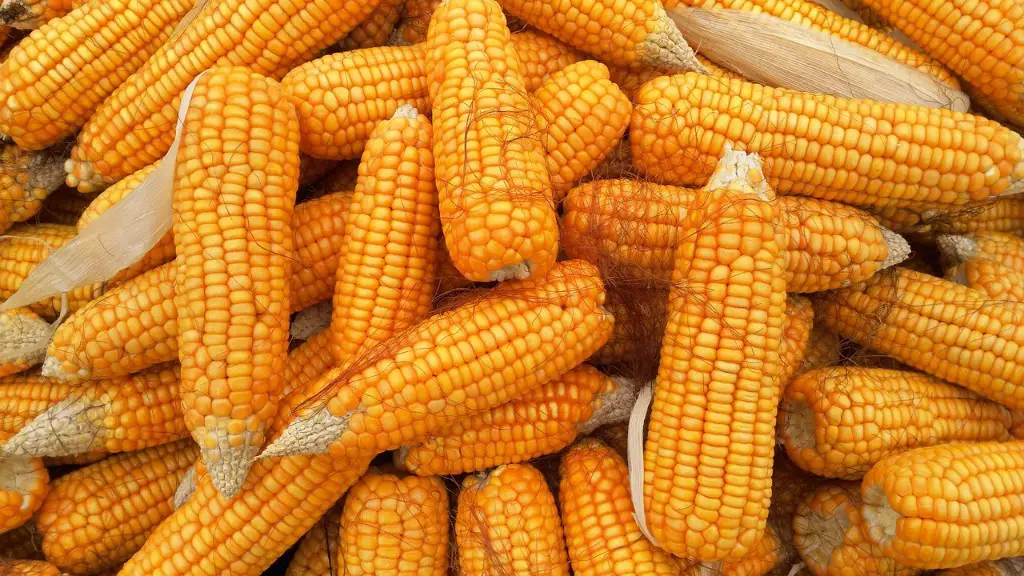The industrialization of agriculture is a term used to describe the process by which traditional agriculture is transformed into an industrial system. This entails the application of industrialized techniques to the production, processing, and distribution of agricultural products. The industrialization of agriculture has led to increased productivity and efficiency in the agricultural sector, as well as to the displacement of small-scale farmers and the consolidation of farmlands.
The industrialization of agriculture is the process of transforming traditional agricultural practices into an industrialized system. This typically involves the use of mechanization, technology, and chemicals to boost production.
What did industrialization do to agriculture?
The new technology, chemicals, and larger tractors allowed farmers to work larger areas of land with less labor. Government policies encouraged farmers to scale up their operations. Farmers were also motivated by economies of scale—the economic advantage of producing larger numbers of products.
Industrial agriculture refers to a type of farming that is characterized by the use of large-scale production techniques and mechanization. Examples of industrial agriculture include CAFOs (concentrated animal feeding operations) and monoculture crops (single-crop farms). Industrial agriculture has come under criticism in recent years for its negative environmental impacts, including soil erosion, water pollution, and greenhouse gas emissions.
What are the benefits of industrial agriculture
Industrial agriculture has many pros and cons that need to be considered. On the plus side, it increases food production which can provide for more people. Additionally, it lowers consumer costs by making food more affordable. Additionally, industrial agriculture encourages technological development and innovation, which can lead to even more advances in food production. Additionally, it creates employment opportunities, which is always a good thing. Finally, it lengthens food availability by increasing the shelf life of food.
However, there are also some negatives to industrial agriculture. One is that it can be very damaging to the environment. Another is that it can be very difficult and dangerous for workers. Additionally, it can lead to a loss of biodiversity.
The Industrial Revolution was a time of great change for many aspects of human life, and the agriculture sector was no exception. With new technologies such as the seed drill and the Dutch plough, agricultural productivity increased significantly, leading to higher outputs of food. This, in turn, led to a higher standard of living for many people during this time.
When did the industrialization of agriculture began?
Modern industrial agriculture has had a profound impact on the way we grow food. By applying fossil fuel energy, mechanization, and advanced crop breeding methods, we have been able to increase yields of agriculture and produce more food for a growing population. While this has had many positive impacts, it has also led to some negative consequences, such as soil depletion, water pollution, and the loss of biodiversity.
The large-scale monoculture farming that has become popular in recent years is having a number of negative effects on the environment. The heavy use of chemical fertilizers and pesticides is leading to soil depletion and erosion, and the loss of biodiversity. The meat production in CAFOs (confined animal feeding operations) is also having a negative impact on the environment, as the animals are often kept in very cramped and unsanitary conditions. This can lead to a number of health problems for the animals, as well as environmental pollution.
What are the major goals of industrial agriculture?
Agricultural employees who engage in industrial farming use modern technology to facilitate the rapid growth of plants and livestock. The main goal of industrial farming is to increase the amount of food that farmers produce for every unit of land they manage. This increase in productivity is achieved through the use of sophisticated equipment and techniques, such as aquaculture, hydroponics, and genetic engineering.
Industrialized agriculture is a type of agriculture that uses mechanical tools and advanced technology to maximize crop yield. In this type of agriculture, the focus is mainly on maximizing the yield of fewer types of crops for more sales and greater profits, instead of diversification of the crops.
What are some examples of industrialized countries
Industrialized countries are nations that have a well-developed industrial sector, which is a key component of their economy. The top examples of industrialized countries in the world are Great Britain, the United States, Japan, Belgium, France, and Germany. These countries have all achieved a high level of economic development and are considered to be some of the most advanced nations in the world.
The era of the farmer as a laborers is coming to an end. New technology is resulting in a new era of the farmer as a technician. This change is being driven by the increasing use of automated harvesters, drones, and autonomous tractors. Seeding and weeding are also being transformed by new technology, with farmers now able to use robots to do these tasks more efficiently. The result is a more efficient and productive farming industry that is less reliant on human labor.
What is an example of industrialized country?
This is a list of countries in the Group of 20 (G20), an international forum for the governments and central bank governors from 20 major economies. The G20 countries represent about two-thirds of the world’s population and about 85% of the world’s GDP.
US farming has been successful in recent years due to the widespread adoption of industrial agriculture techniques. This is where food is mass-produced using methods that are designed to increase output. A big part of this is monocultural farming, which is the practice of growing the same crop in large fields. This often requires the use of chemical fertilizers, pesticides, and feed additives to keep production levels high.
Why was the United States successful at industrialization
The United States has always been a nation of abundant natural resources. This has been one of the driving forces behind our industrial success as a nation. We have an abundance of timber, coal, iron, and copper, which means that American companies can obtain these resources cheaply and without having to import them from other countries. This gives us a significant advantage over other nations when it comes to industrial production.
The Industrial Revolution was a time of great change for the world. It had many positive effects, one of which was an increase in wealth for many people. The production of goods also increased, and the standard of living for people improved. People had access to healthier diets, better housing, and cheaper goods. In addition, education increased during the Industrial Revolution.
Is the United States an industrialized society?
The globalization of the capitalist economy that played out from the 1970s on meant that most factory production that was previously located in the United States was moved overseas. This, combined with the rise of the service economy and the decline of manufacturing, has led to the United States no longer being an industrial society.
New tools and advancements in old tools were essential to the Agricultural Revolution. The plough, seed drill, and threshing machine allowed for more efficient agricultural operations, which led to increased production and greater food security. This, in turn, allowed for population growth and the development of civilizations.
Conclusion
The industrialization of agriculture is a process in which agriculture is transformed from a traditional, rural, subsistence activity into a modern, commercialized industry. This transformation typically involves the use of new technologies, new production practices, and more intensive management of natural resources.
The industrialization of agriculture has changed the way we grow and process food. It has made our food system more efficient and has allowed us to produce more food. However, it has also made our food system more centralized and less resilient.
